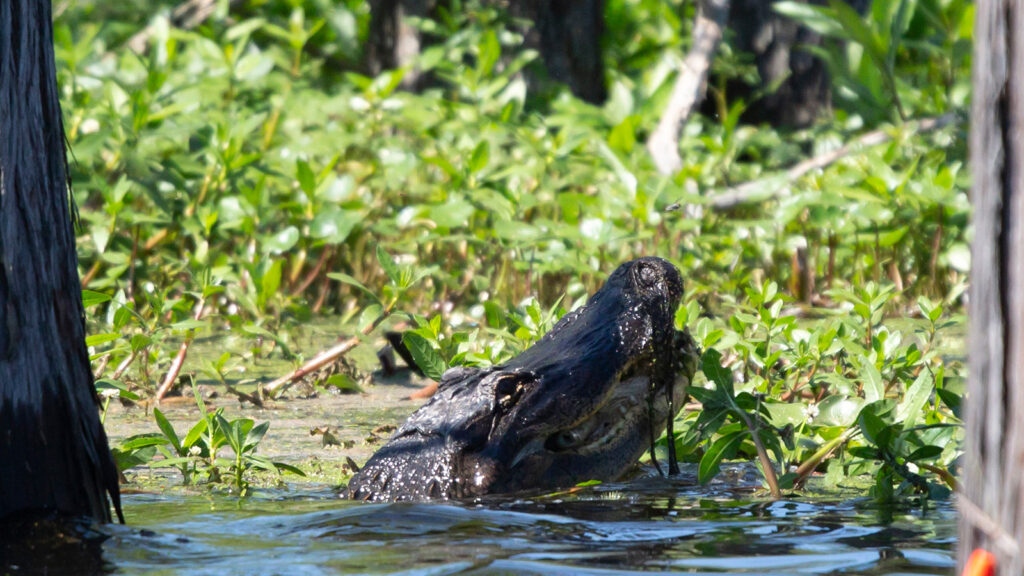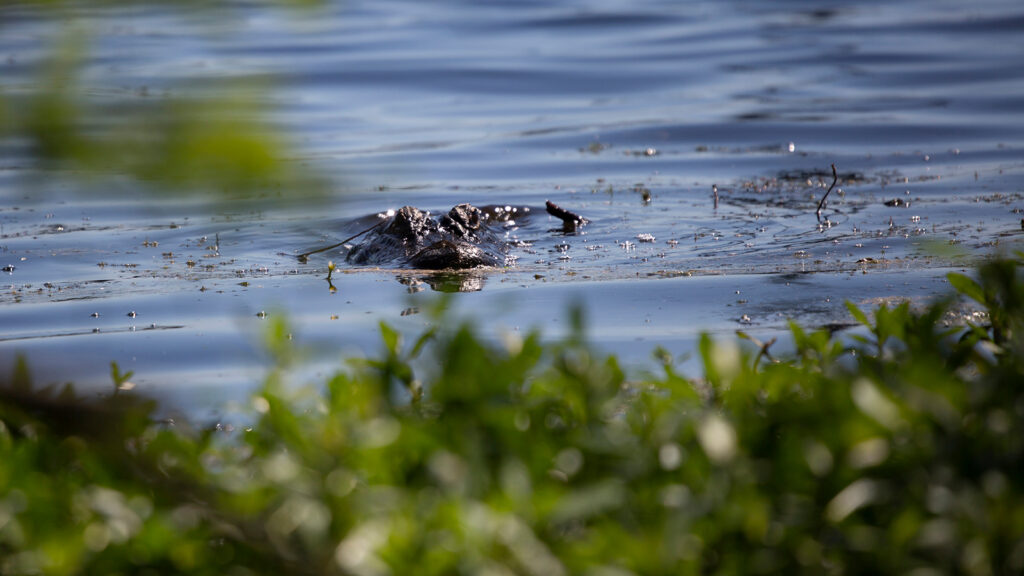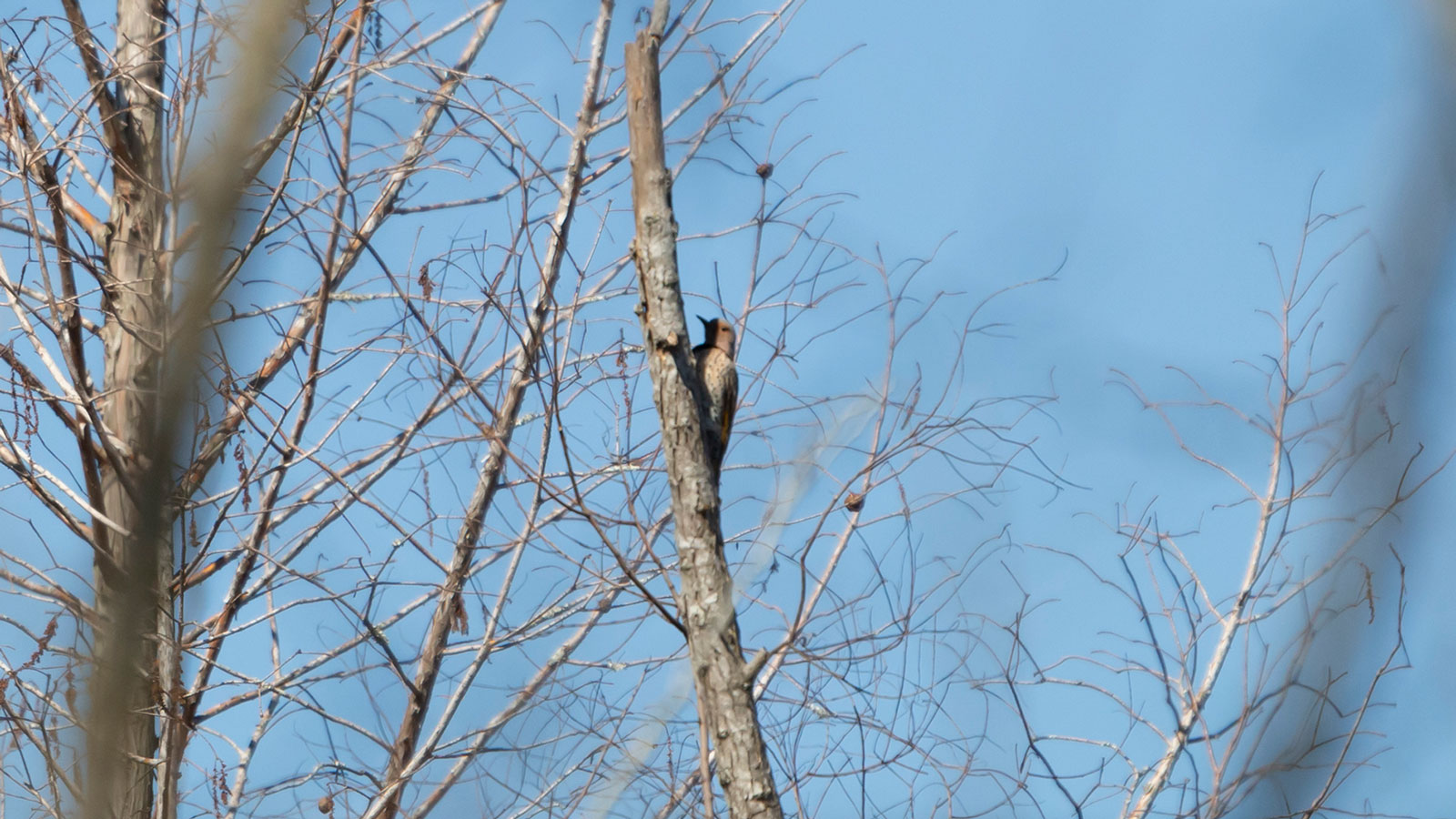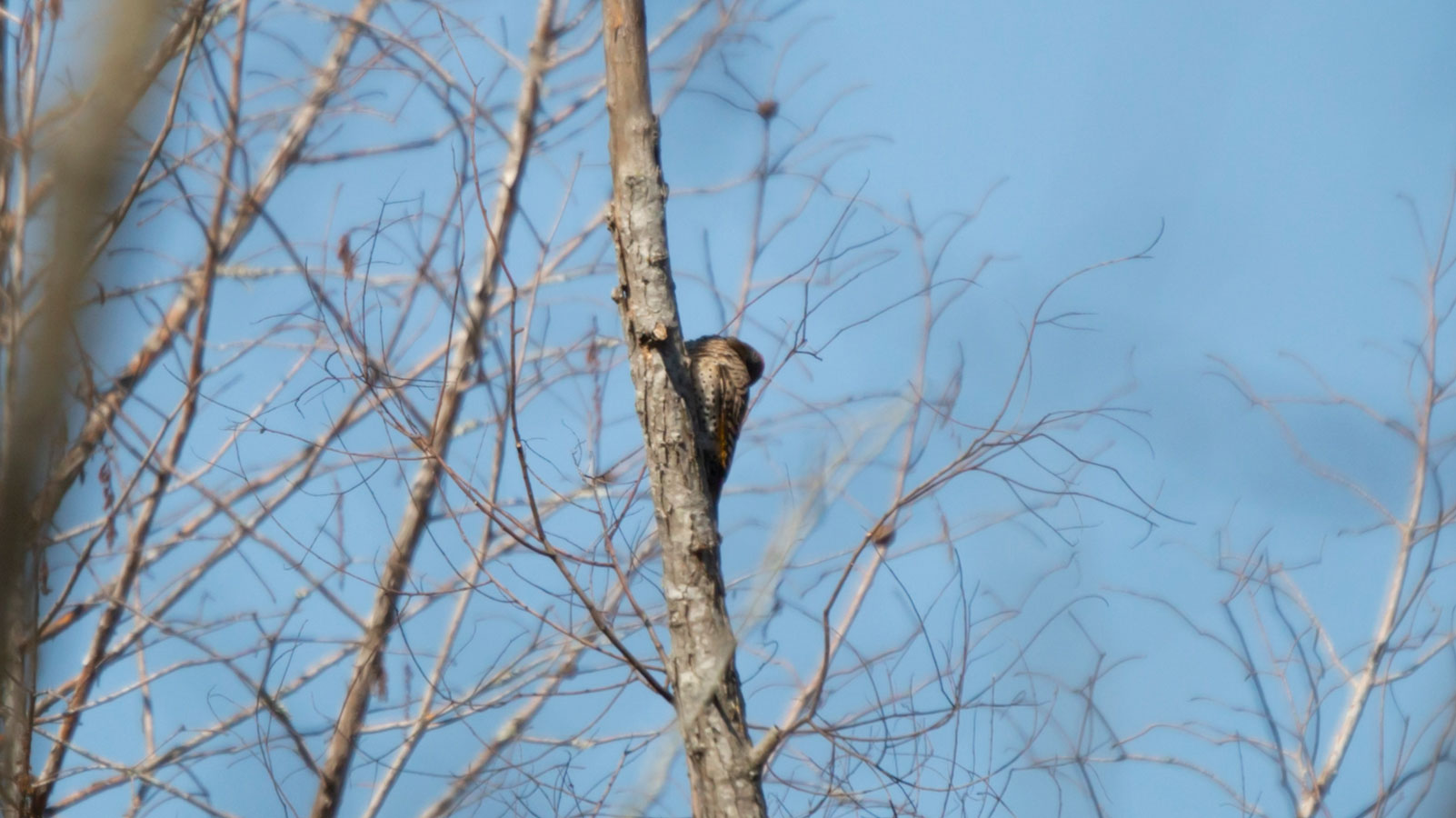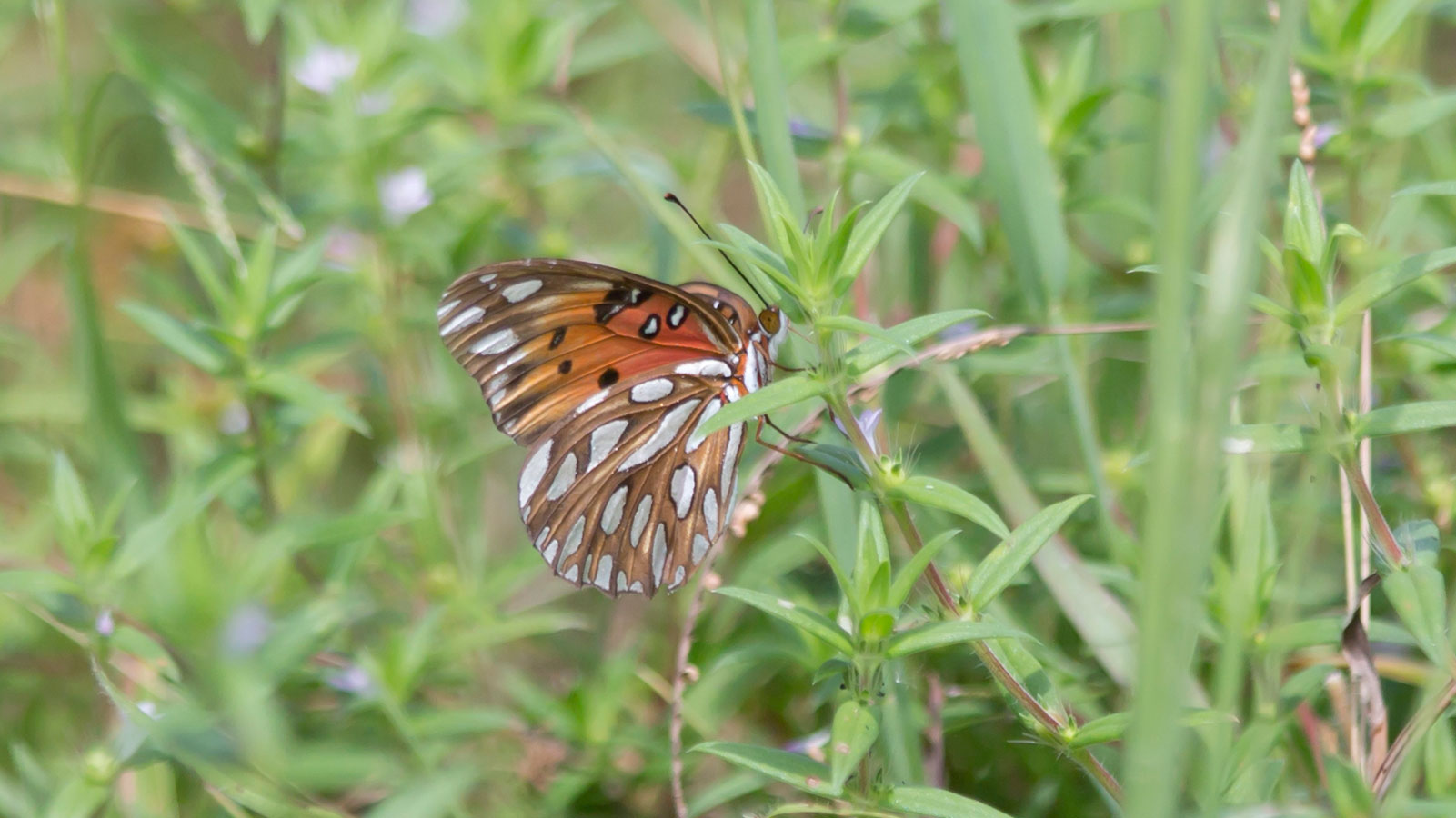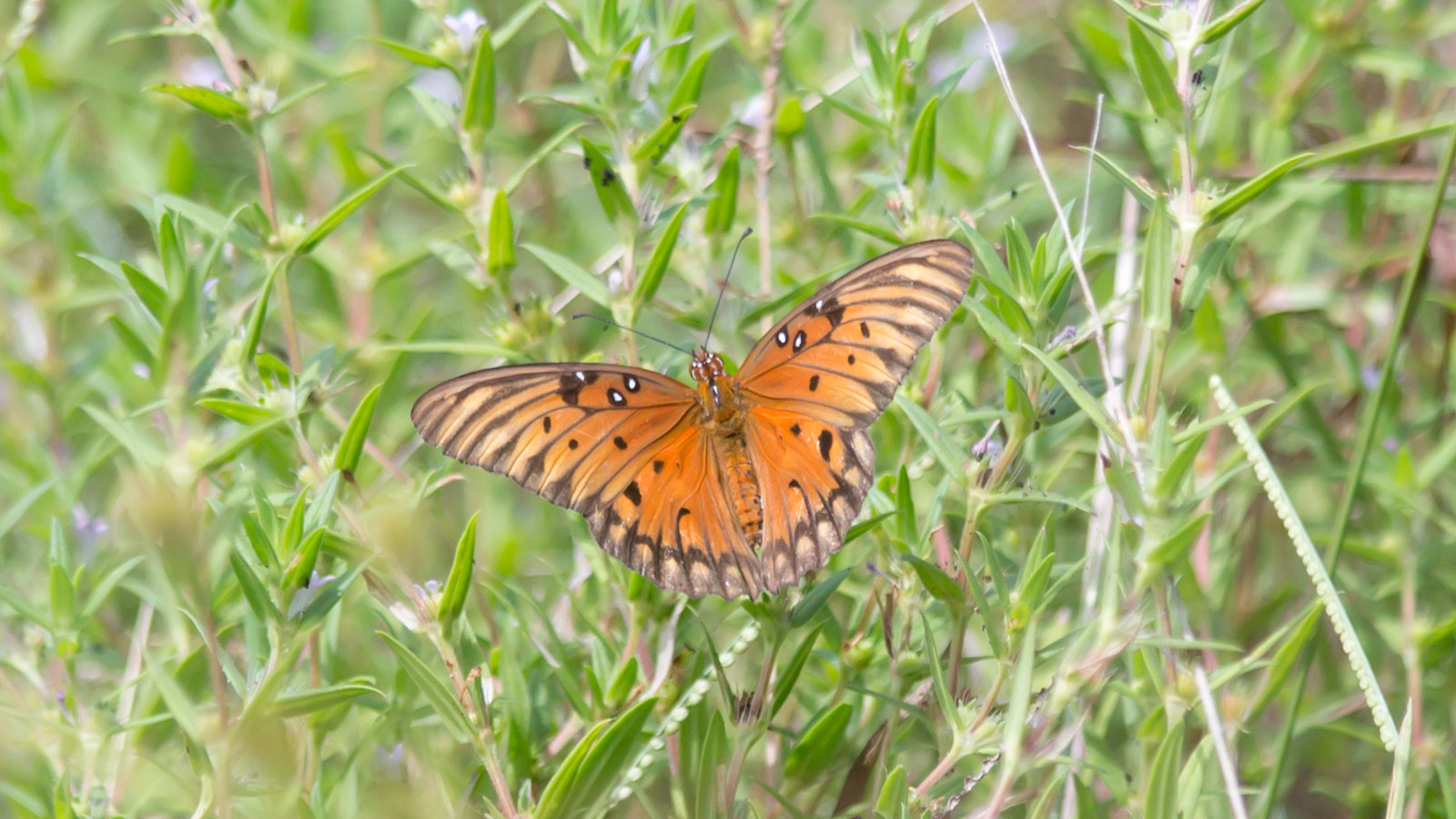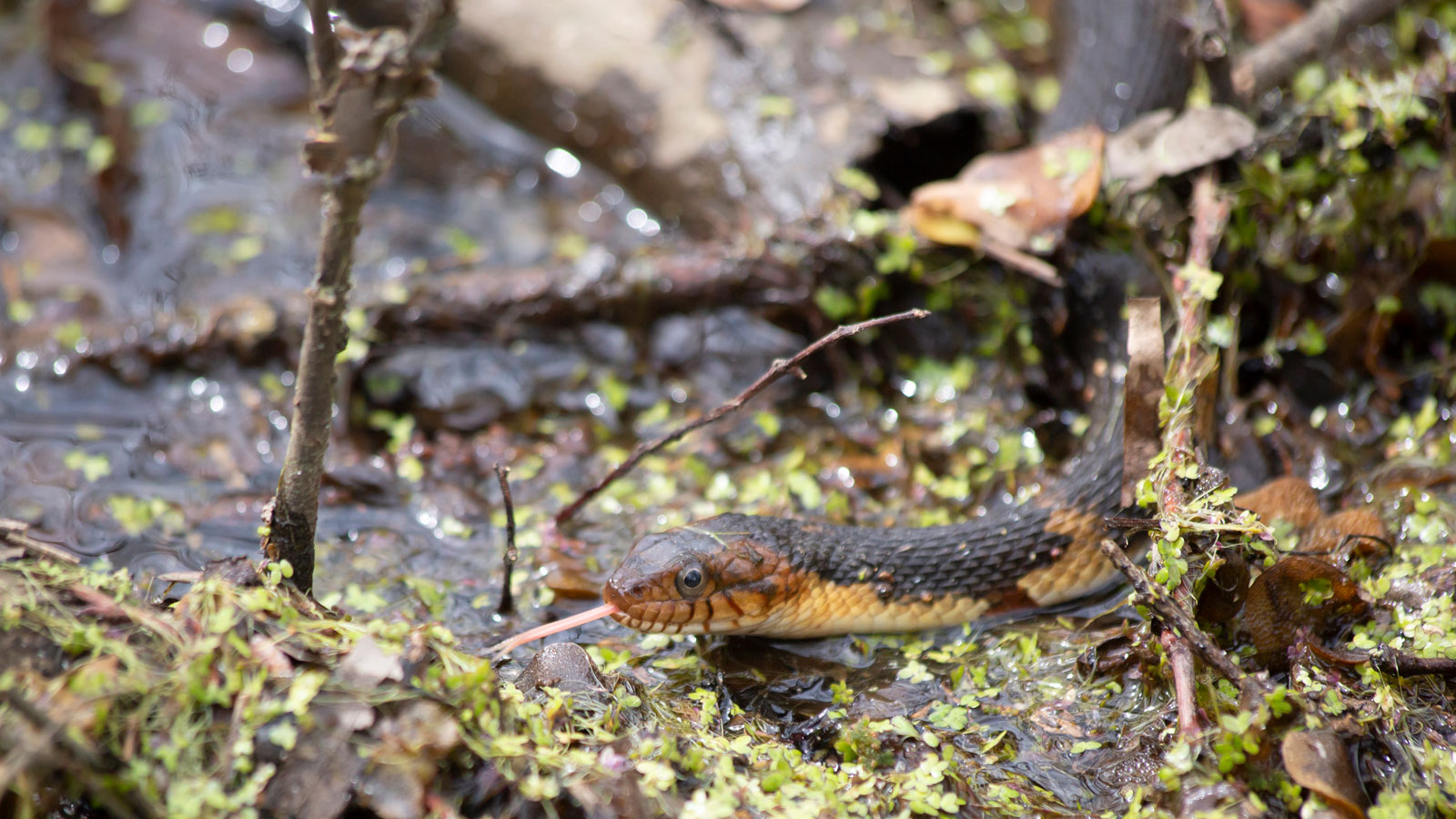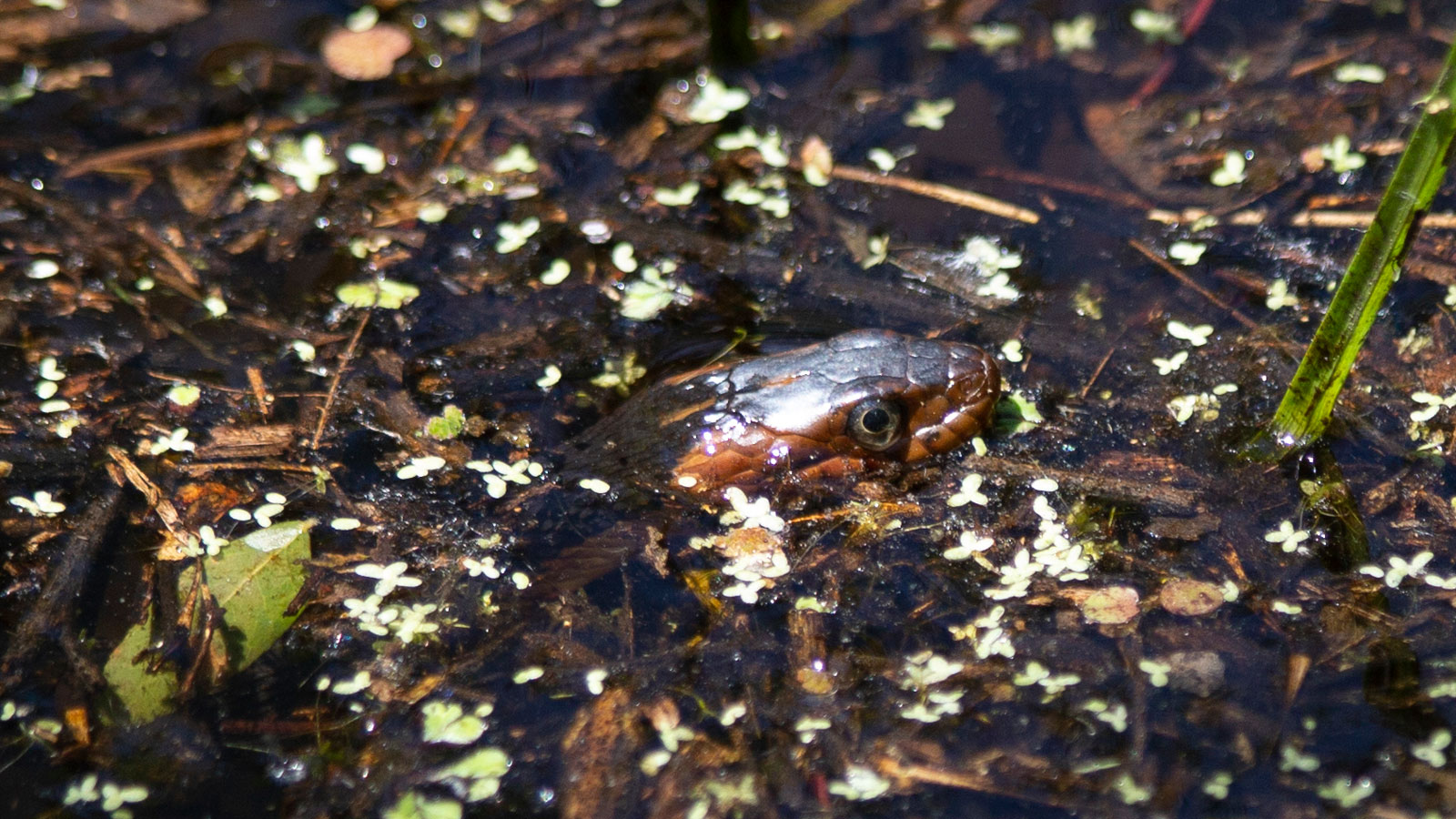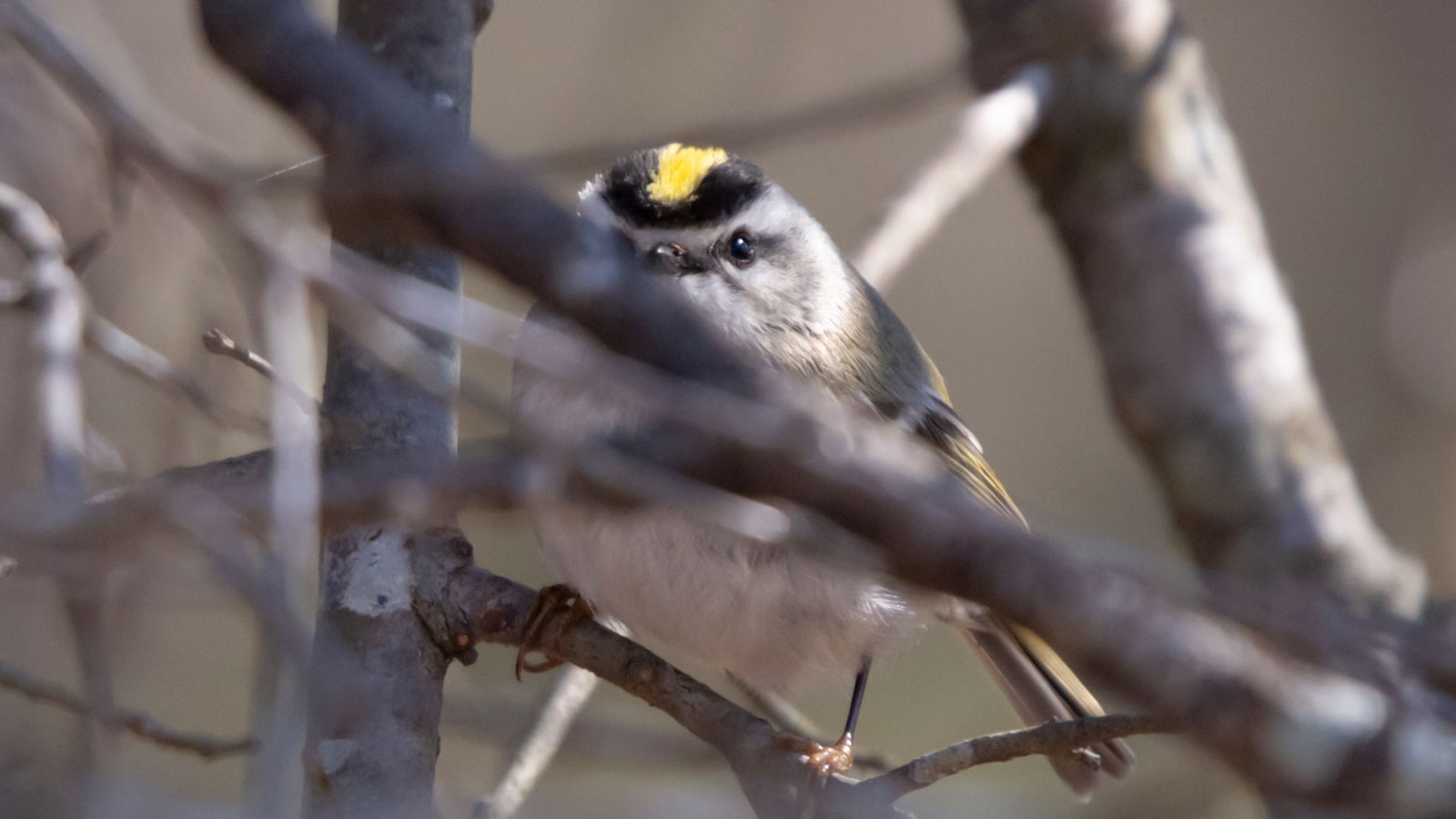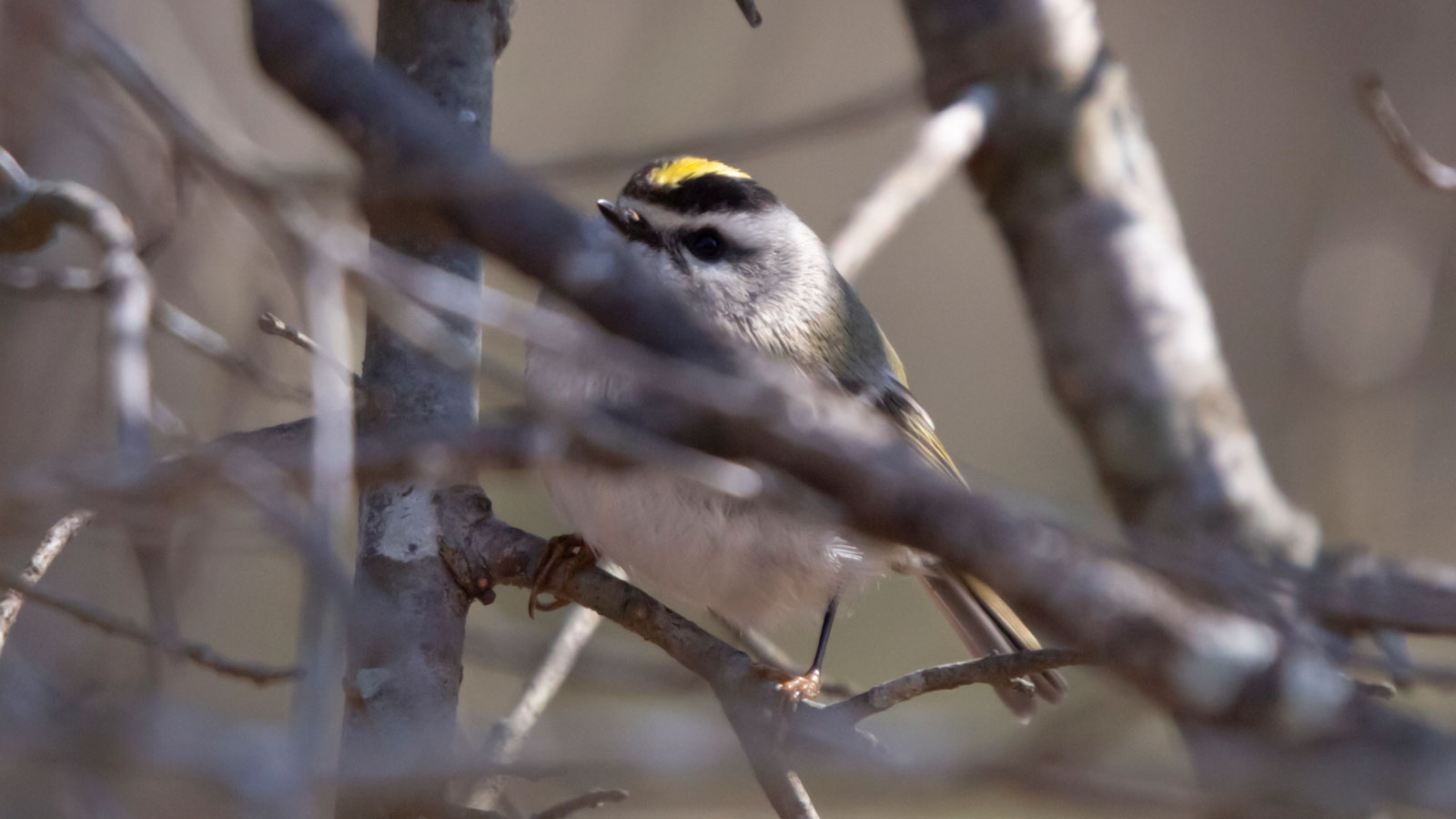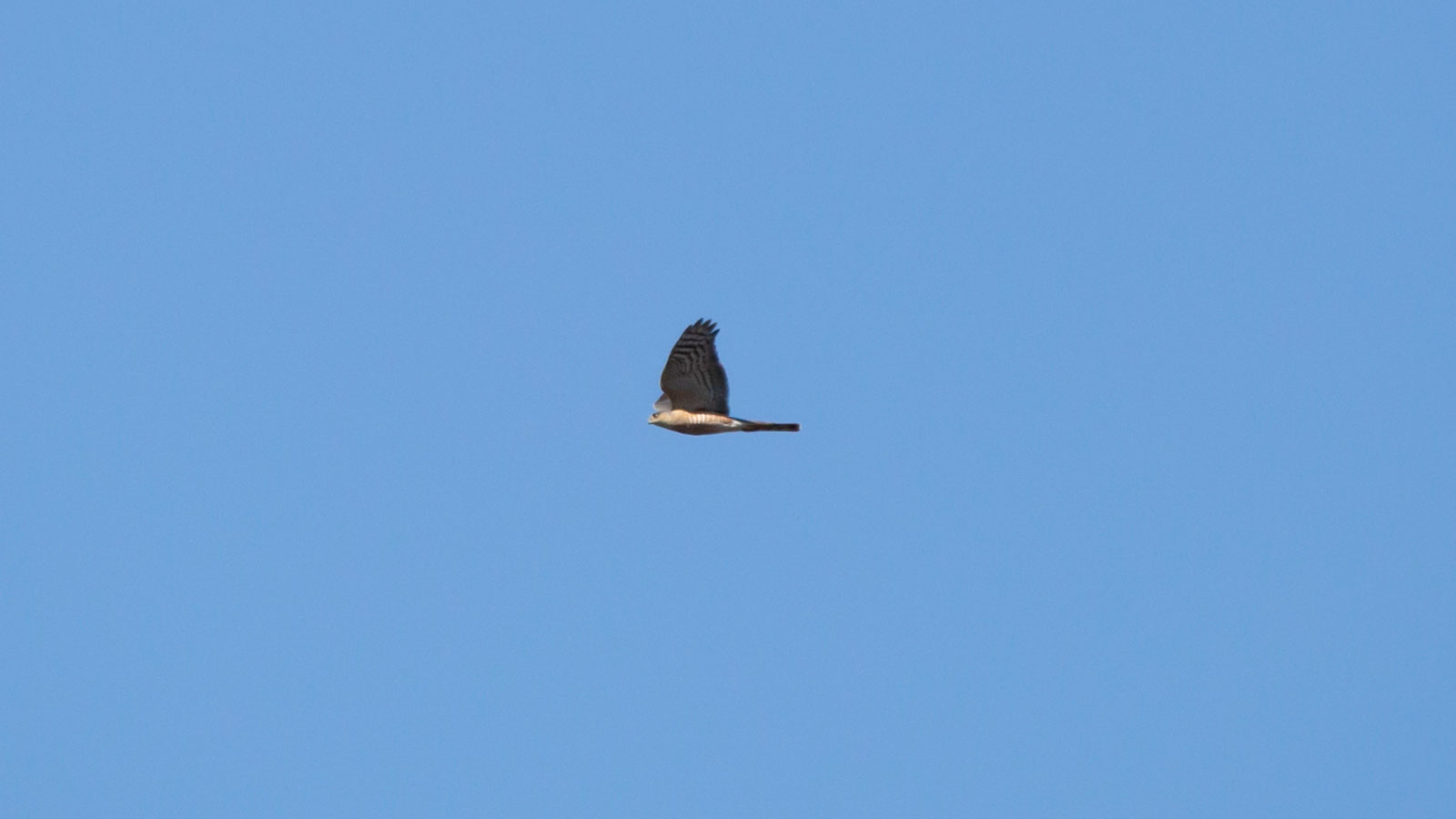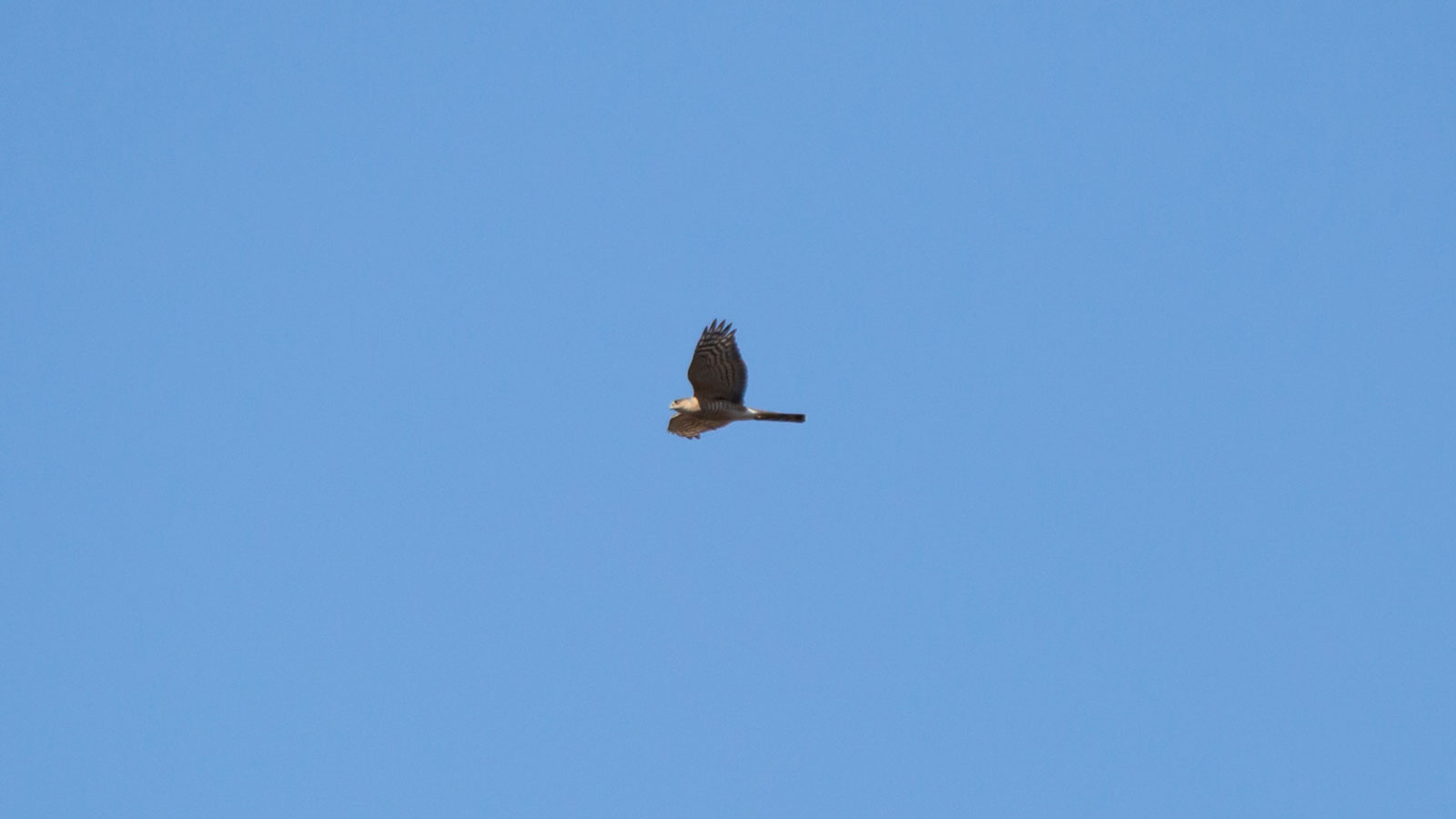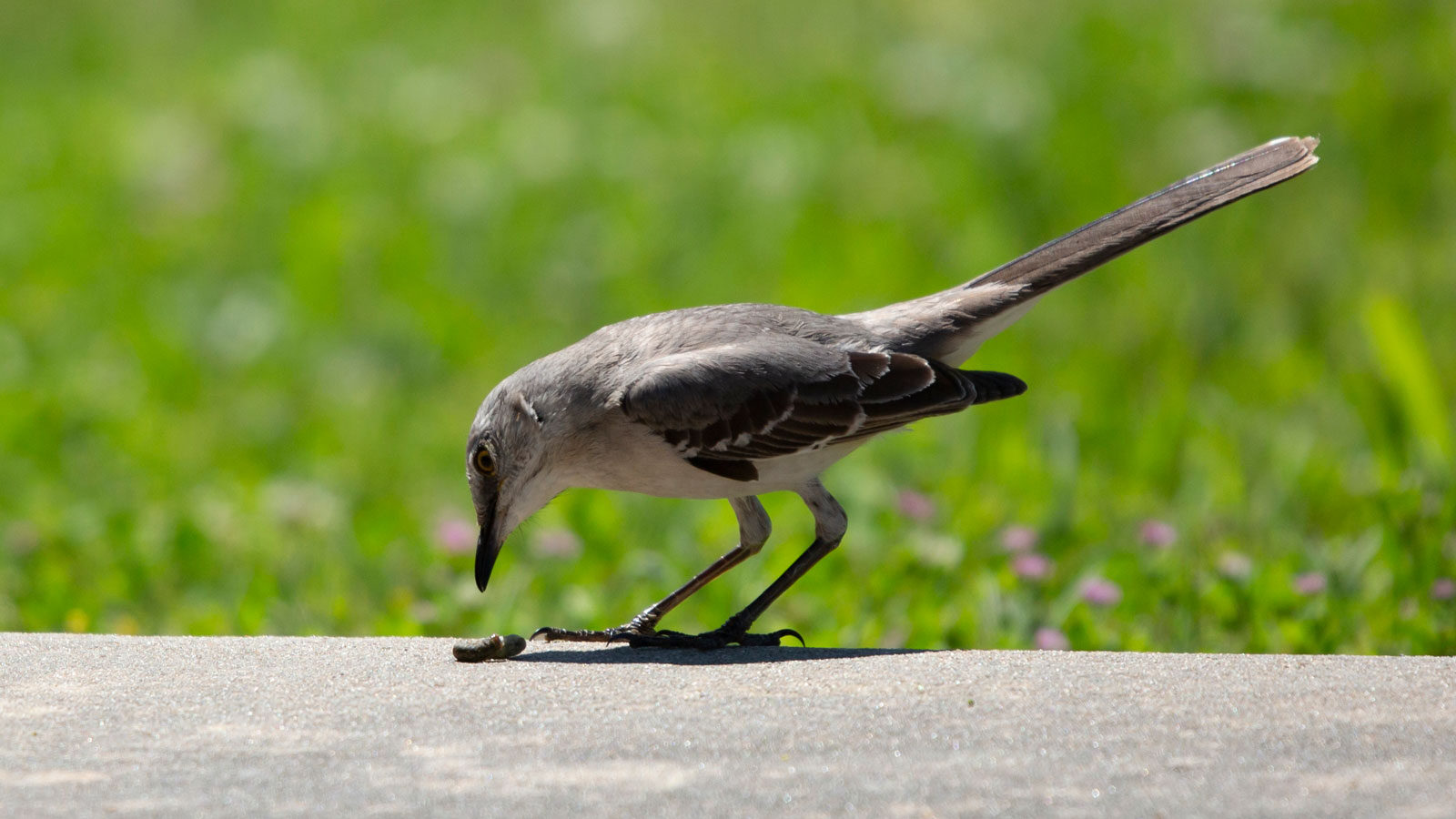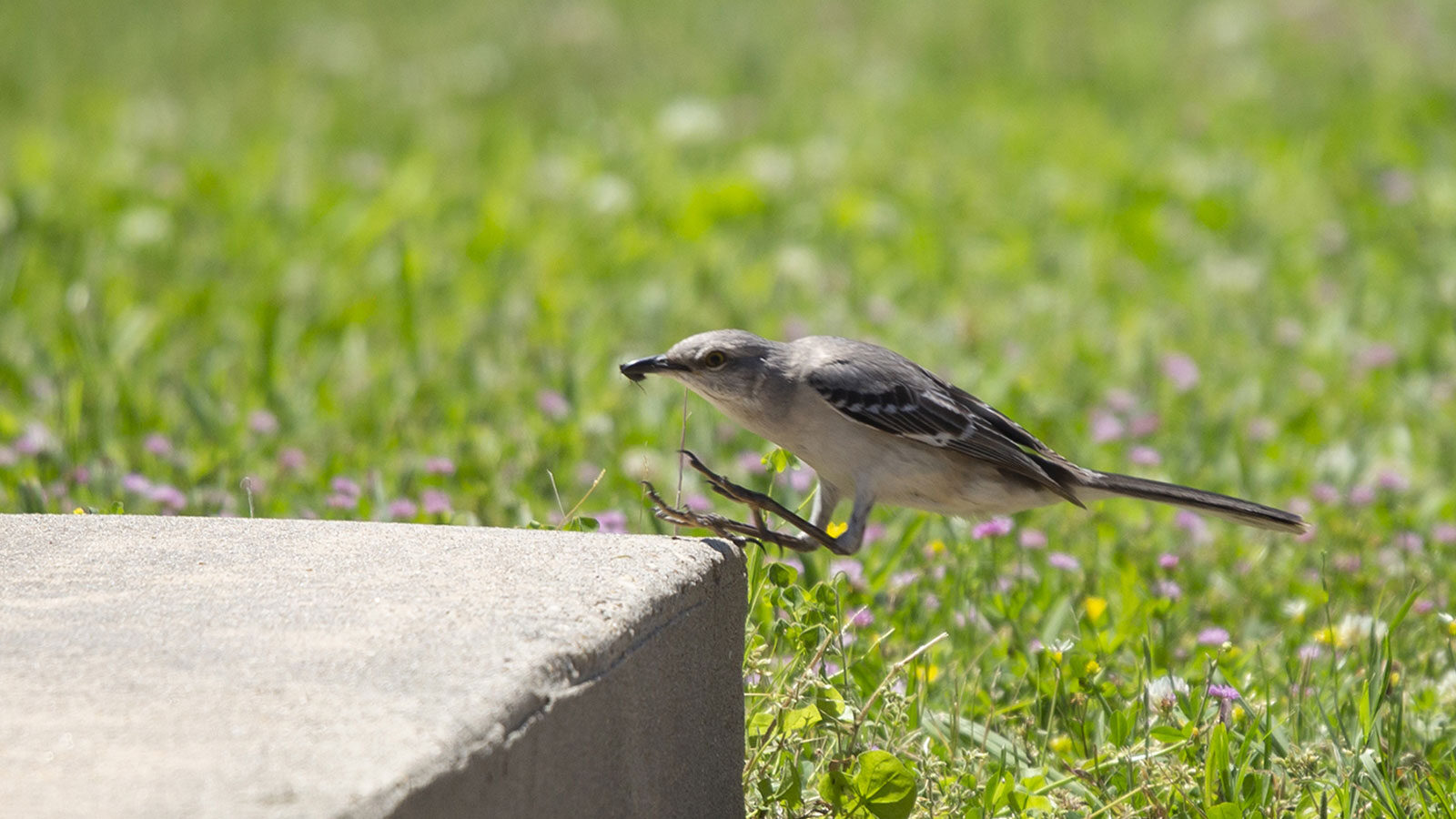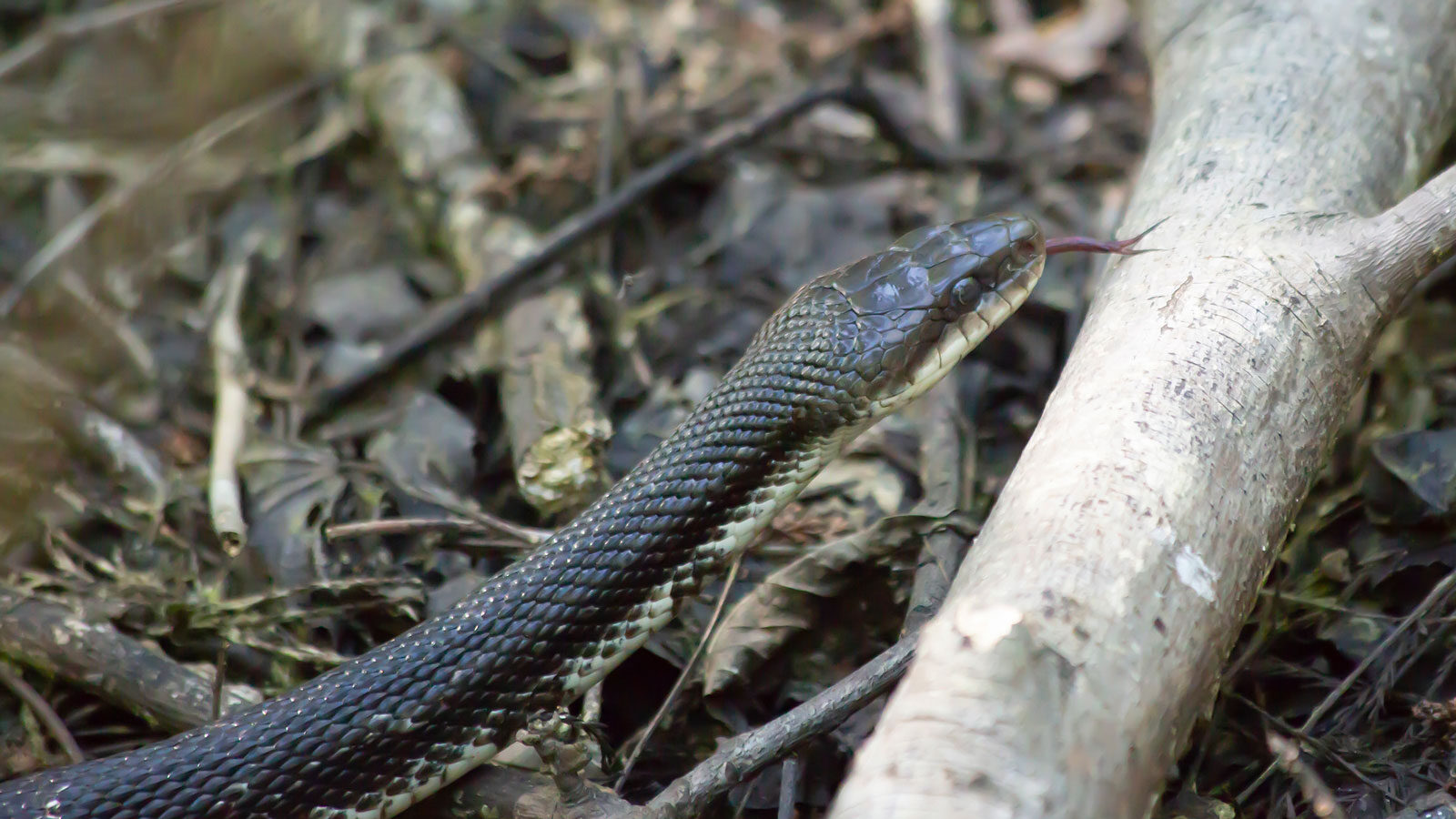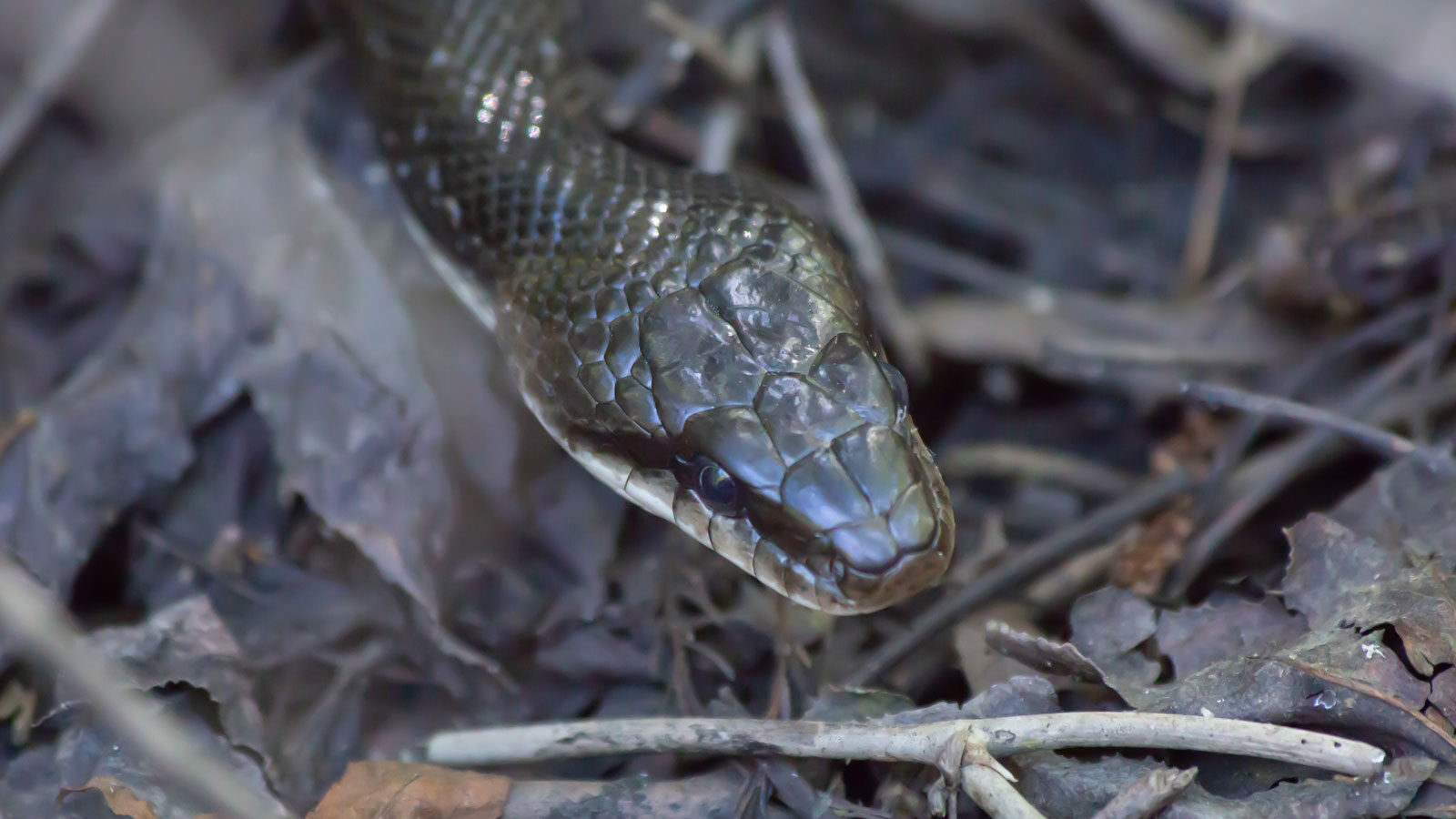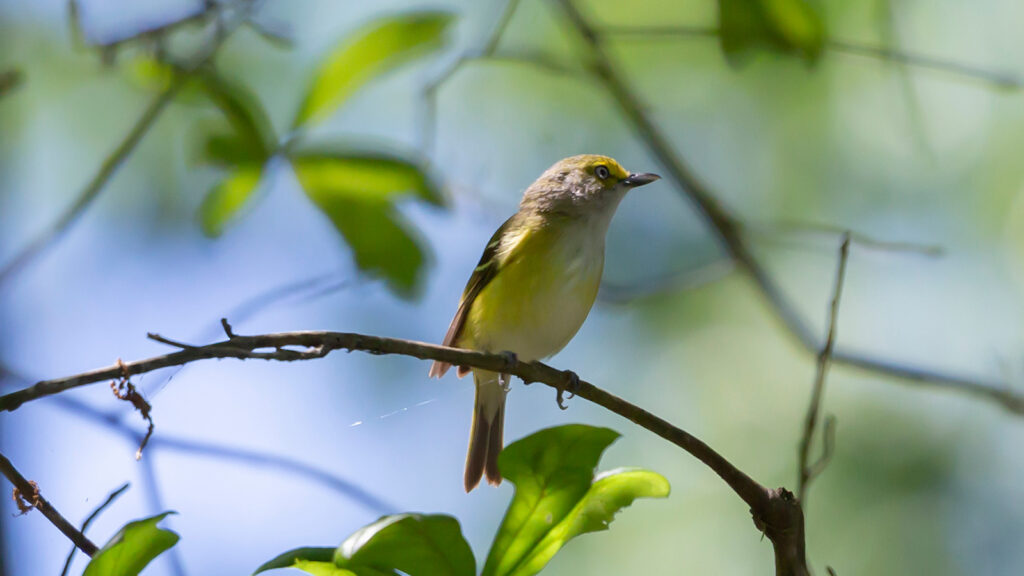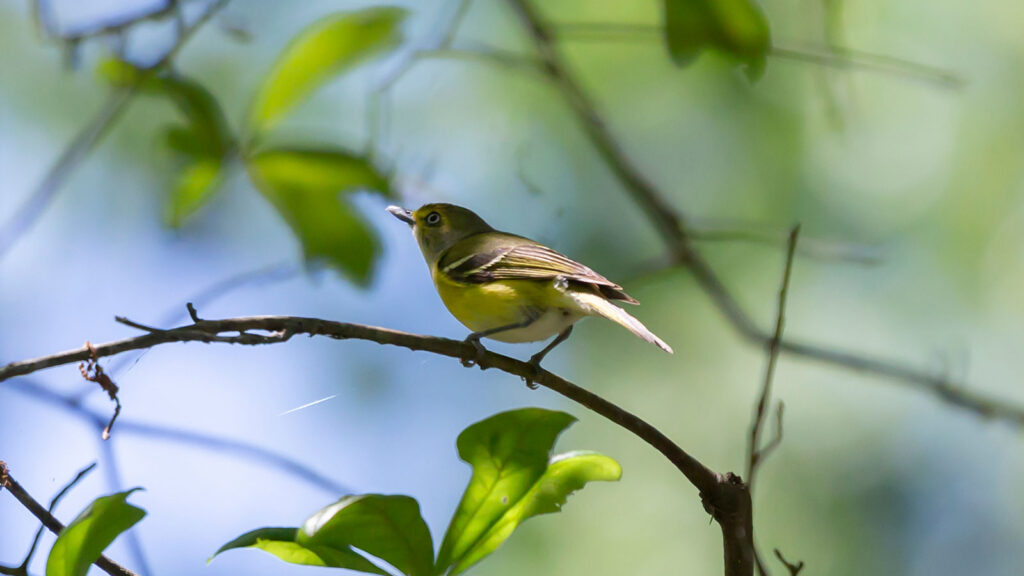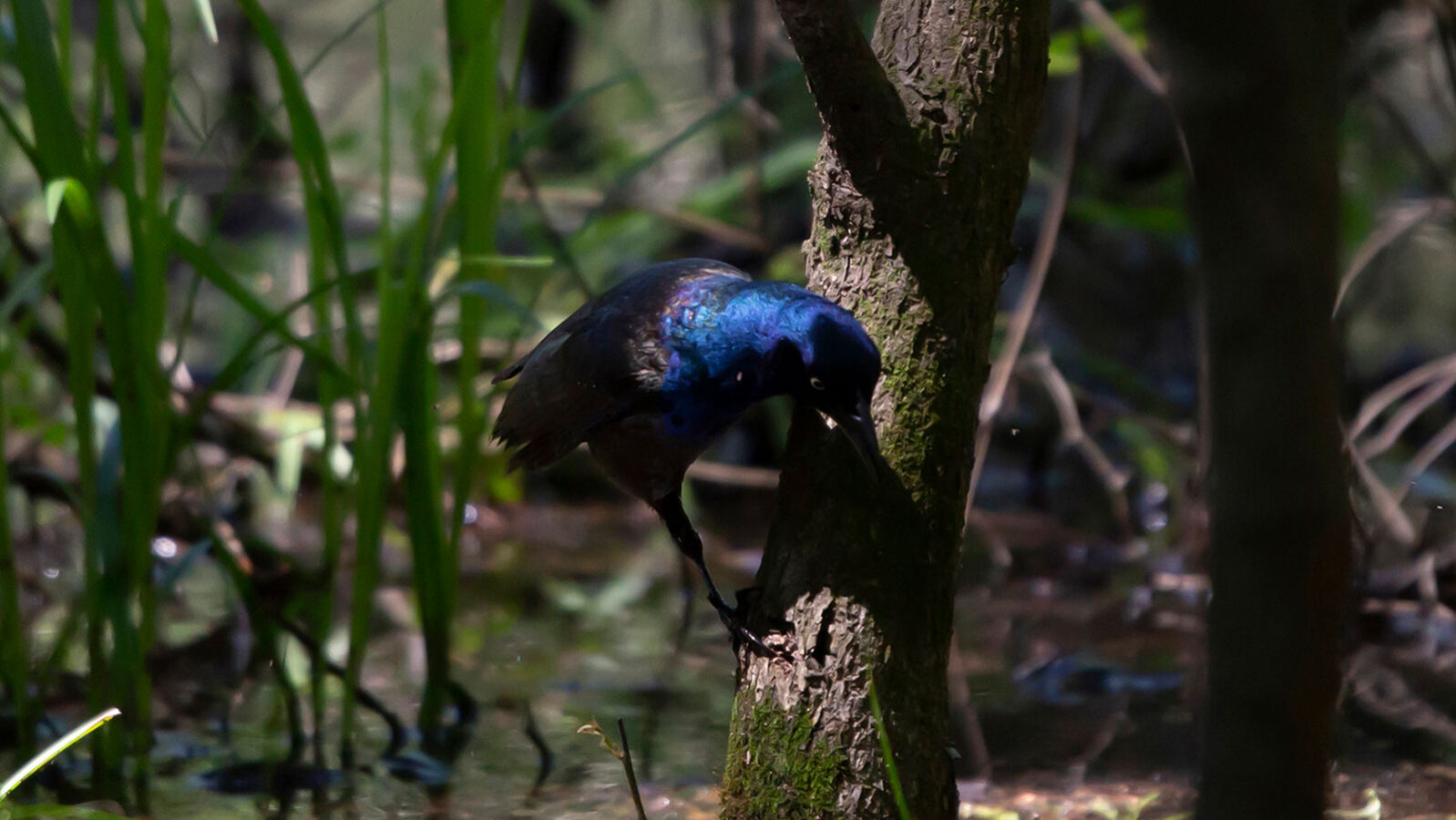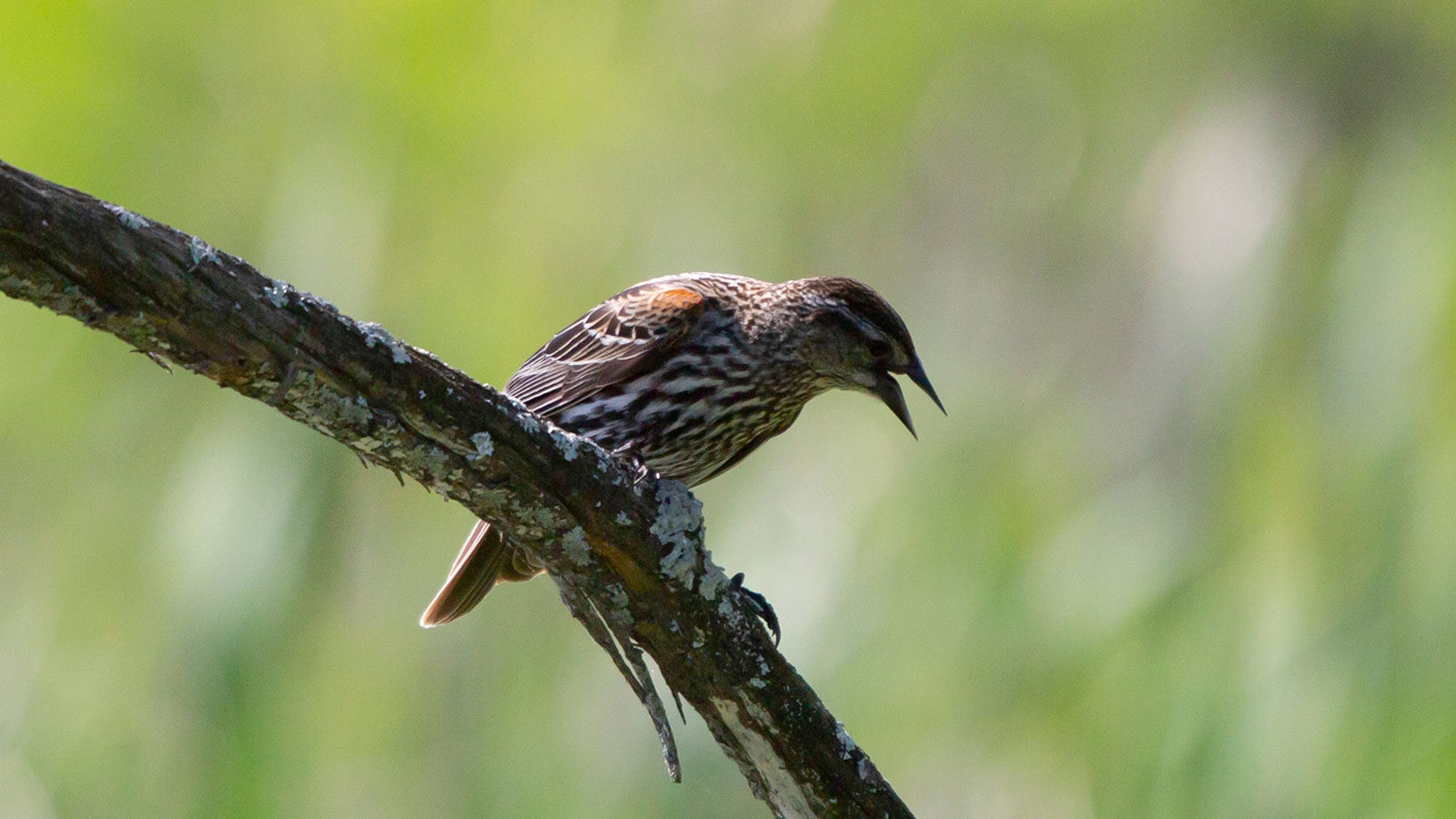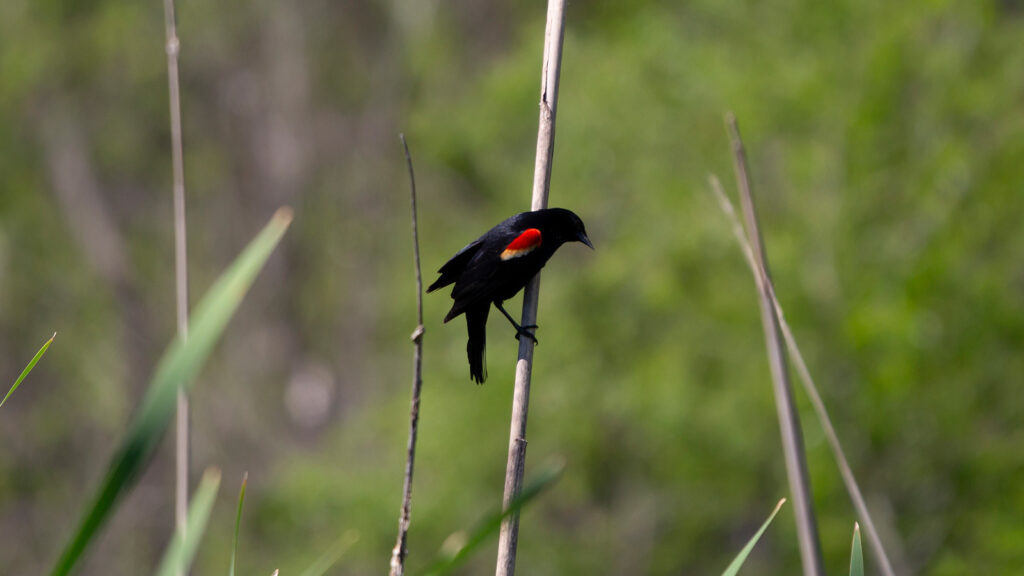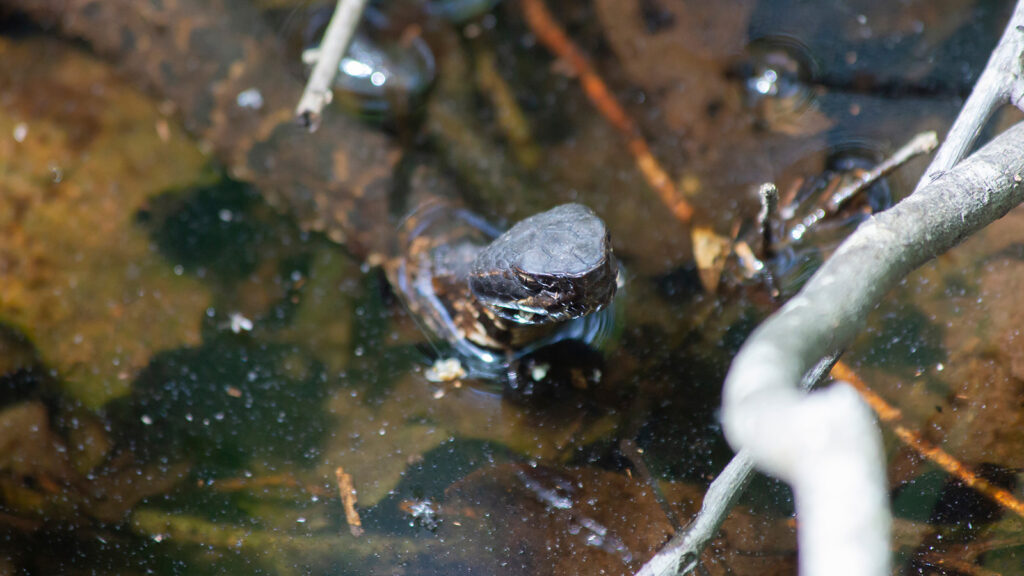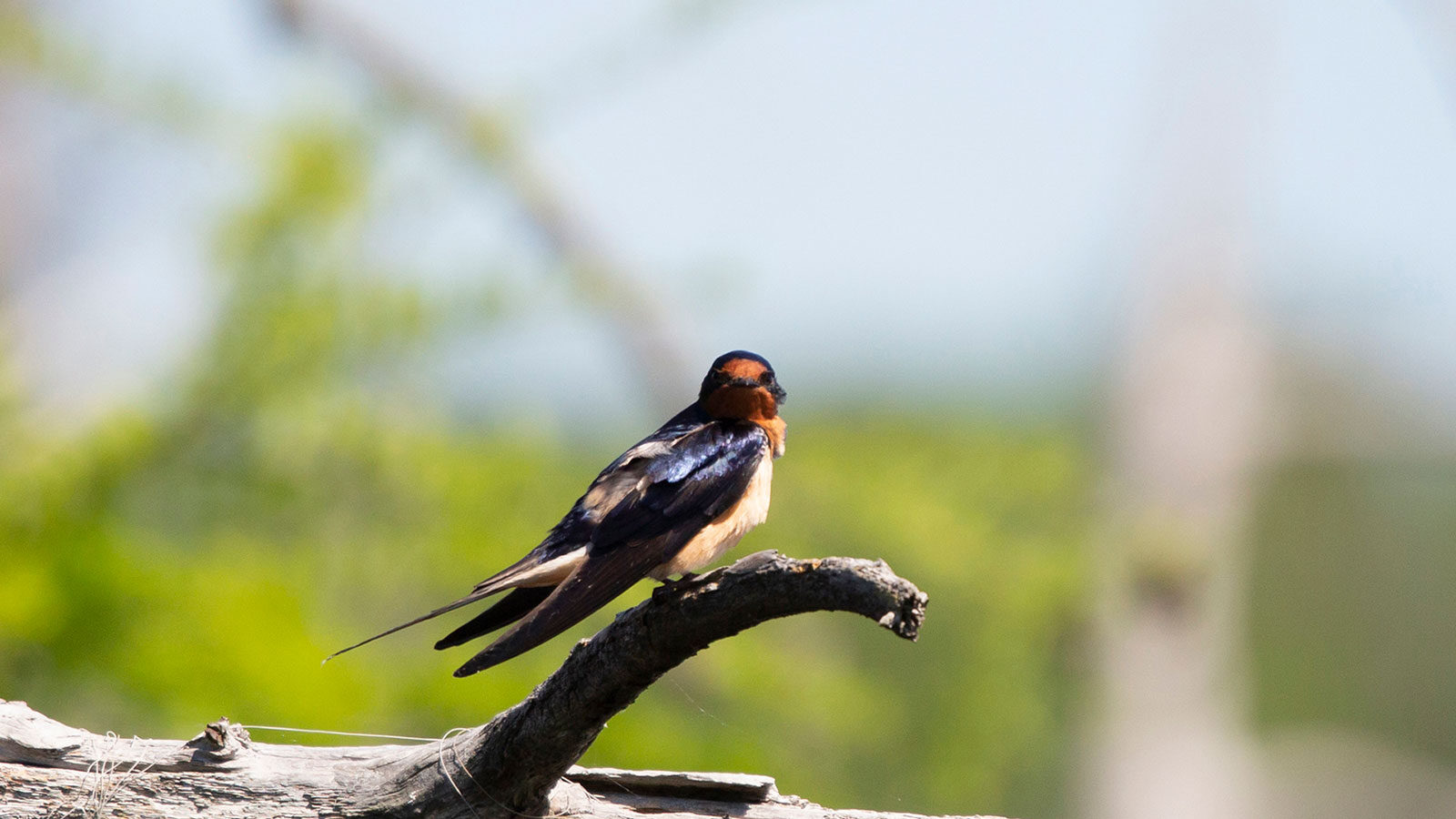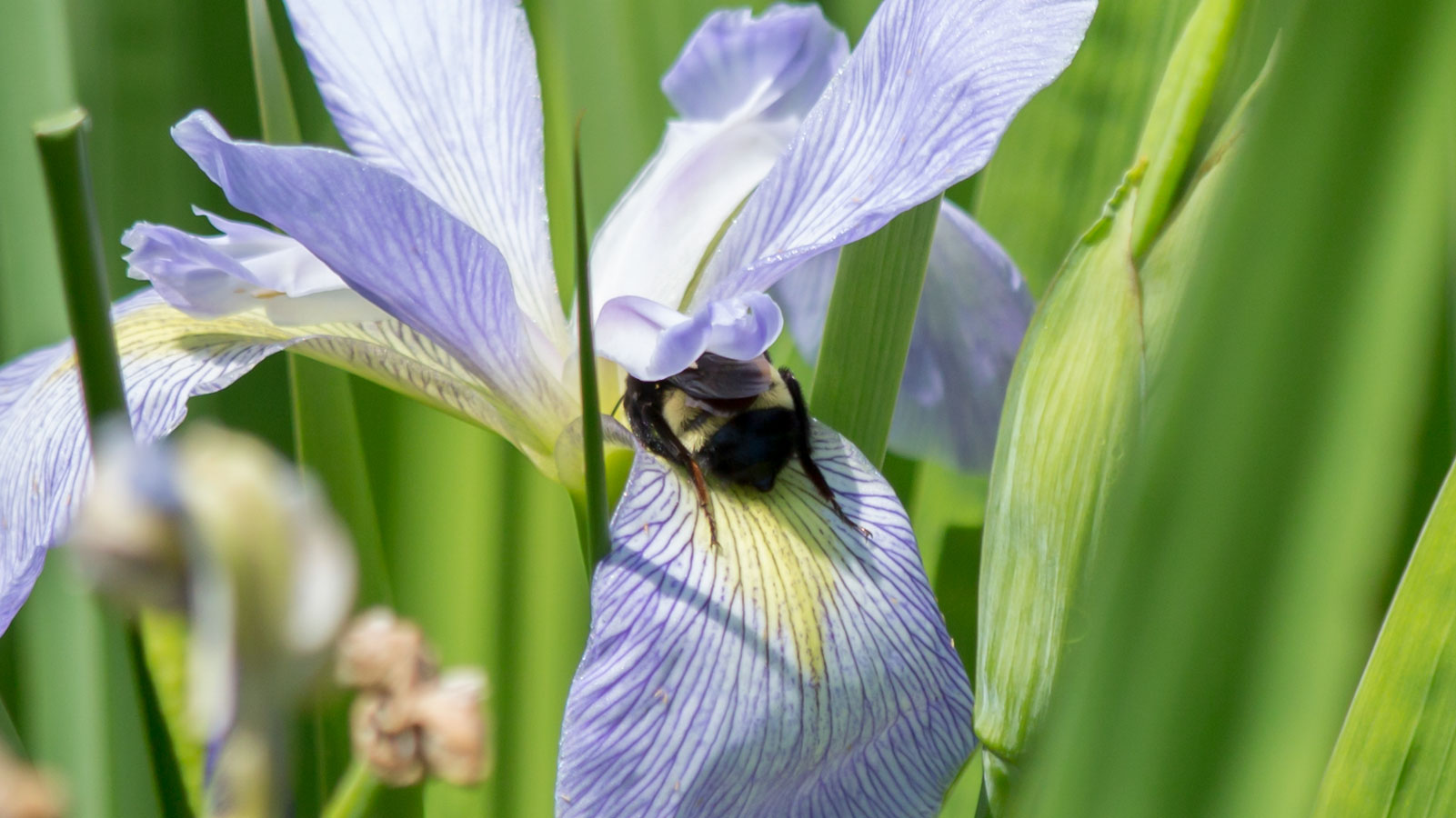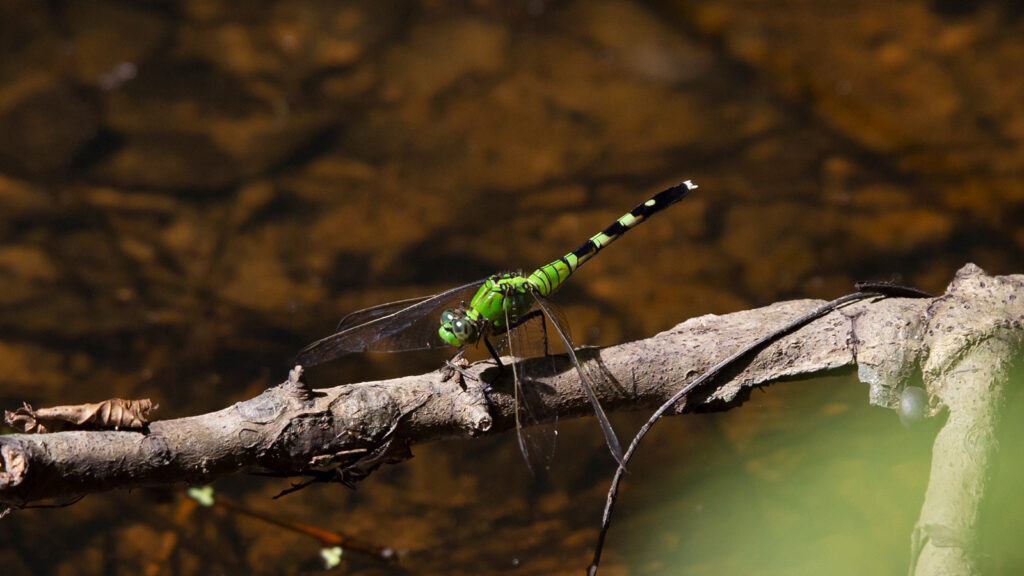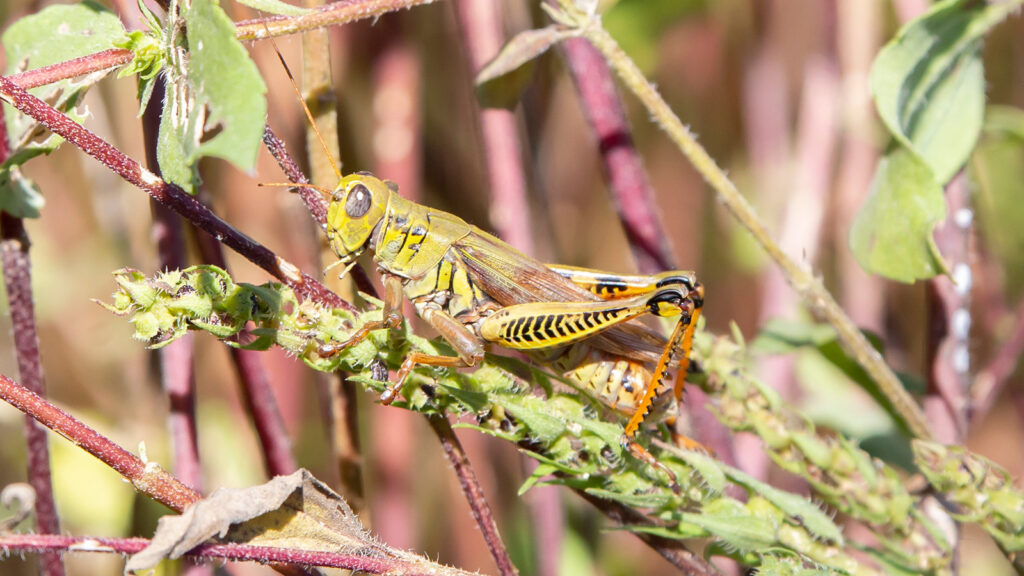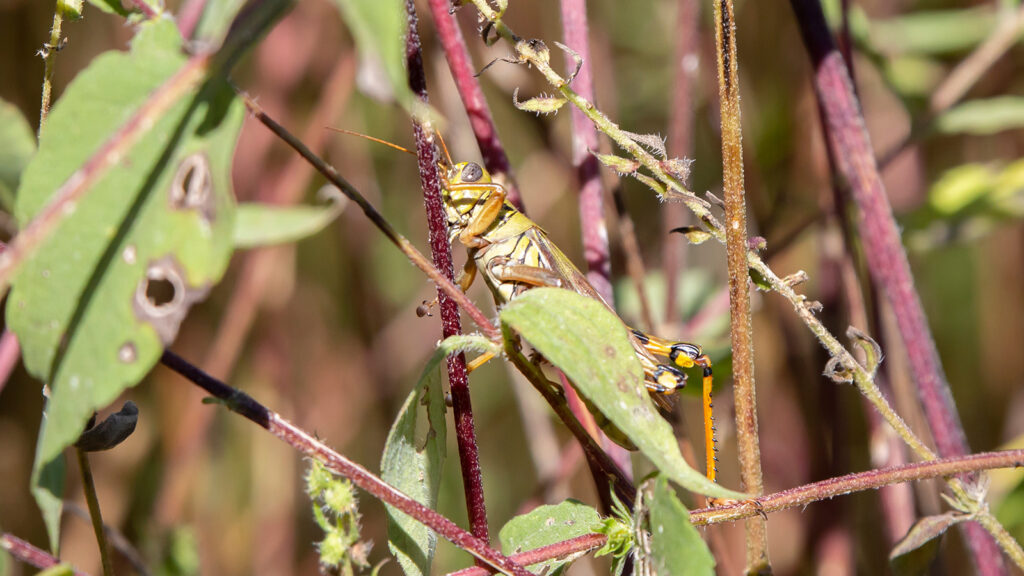Basic Info about the Refuge
The Black Bayou Lake National Wildlife Refuge in Louisiana is 5,300 acres of trails and waterways just north of Monroe.
The Black Bayou Lake NWR is a beautiful, easy-to-walk refuge. Because people spend so much time at the small refuge, the animals tend to get closer to people than they do at other refuges in the area, and this is where you’ll have your best chance of getting an opportunity to view wildlife up close.
Hanging out at the Black Bayou Lake NWR is like being in the friendliest secret club on the planet. People wave and often stop and chat no matter where you go on the refuge. The NWR is the first place we saw prothonotary warblers, broad-banded water snakes, and to this day, the place we’ve seen the most broad-banders. It’s also where we first saw red-winged blackbirds, although Tensas holds the record for the most we’ve seen in one place. On any given day, you can find wading birds, like great egrets, great blue herons, and even little blue herons, songbirds, like warblers and vireos, woodpeckers, frogs, toads, raptors, deer, snakes, fish, and vultures.
The NWR has a special place in our hearts as the first place we saw alligators in the wild and the only place we’ve seen prothonotary warblers. The refuge is small enough to visit most of it in a single day. However, there are so many trails, particularly along the art road, that you’ll want to make several visits to see everything. We suggest you start with the pier, which you can access from the Nature Trail (which is as awesome as the pier) at the visitor’s center or the boat launch area. Our other favorite refuge areas are the agricultural fields at the end of the Art Installation Road, the photo blind, and the observation tower. On the Edgewater Trail, you can also find loads of wildlife past the boat launch area.
We love the area that overlooks Bayou DeSiard, and this trail also passes near the lake. On any given day, you can find wading birds, like great egrets, great blue herons, and even little blue herons, songbirds, frogs, toads, raptors, armadillos, deer, skinks, hummingbirds, and snakes. In our visits to Black Bayou, we’ve met birds, including warblers, vireos, bluebirds, orioles, egrets, herons, and hawks; all kinds of frogs and toads; snakes and turtles, particularly broad-banded water snakes, cottonmouths, ribbon snakes, and red-eared sliders.
The Black Bayou Lake NWR is on two sides of the lake. The largest, most popular section of the NWR is just north of Monroe, off 165 North. That’s where you’ll find the refuge headquarters, a bird trail, a prairie trail, a photo blind, an observation overlook, a boat ramp, a hunting area, and an art area. You’ll also find a nice pier boardwalk that juts out over the lake’s edge. The trails are easy to walk, and no matter when you go out there, you’ll meet folks who understand and love Louisiana wildlife. On the other side of the lake, you’ll find a smaller, much wilder area with bramble-covered trails that lead to the lake. If you have time, check out the Arboretum Trail near the visitor’s center, where you can meet loads of birds. Once the center opens back up, stop by there, as well. In addition to a nice restroom, the center houses displays and a nifty gift shop.
Species of Animals at the Refuge
Size in Acres
Entry Fee
By The Numbers
Learn more about the refuge.
Days Open
Miles of Walking/Biking Trails Available
While we love all our wild friends, the alligator is our favorite Black Bayou Lake NWR inhabitant. Black Bayou is the first place we met this friend in the wild, and no matter how many other awesome neighbors we meet there, it has remained our absolute fav from the refuge.
More about How You Can Enjoy the Refuge
The refuge is open from sunrise to sunset all year and is free to the public. More details about what you need to legally hunt and fish at the refuge are in the tab below.
Restrooms
A restroom in the visitor center is available most of the time. Call ahead to make sure it’s open. If the center is closed, you can find bathrooms all along Highway 165 in Monroe.
Trail Accessibility
Overall, the Black Bayou Lake NWR is the most accessible NWR in North Louisiana and one of the most accessible of any NWR, WMA, or park in the area for visitors with mobility and vision problems. Many trails are either wooden or gravel, and paths are clearly marked. Mowed grass trails are also easy to navigate in most places on the refuge. Most trails are wide and level enough for cane users to get a good feel for the terrain and path.
The most challenging areas for people with vision and mobility to navigate are the path past the photo blind and the area on Joe White Road (which has a separate entrance than the main area).
Learn More
Learn more about the Black Bayou Lake NWR at the refuge’s official website.
The Black Bayou Lake NWR is home to more than 350 species of animals, many of which are birds. You might see owls, eagles, other birds of prey, ribbon snakes, rough green snakes, chicken snakes, cottonmouths, rats, deer, rabbits, and bobcats. You’ll have the opportunity to see all kinds of bugs, including butterflies, dragonflies, and bees at the refuge. You can find lists of birds sighted at the refuge with eBird’s Trail Tracker “Black Bayou Lake” sighting list or find out about other animals spotted at the refuge on the iNaturalist “Black Bayou Lake National Wildlife Refuge Check List” page. Check out the Black Bayou Lake NWR page for more info about the refuge.
The Black Bayou Lake NWR pier and boat launch provide lots of space for fishing. You can find information on getting and maintaining your fishing license and what species you can keep, check out the Wildlife and Fisheries “Recreational Freshwater Finfish and Crawfish” page. You can also learn about the crawfishing licenses there.
The Black Bayou Lake NWR has a small section where bow hunting is allowed. Hunting using a firearm is forbidden throughout the refuge. To legally hunt at the refuge, you’ll need a valid Louisiana hunting license and a Migratory Bird Stamp for hunting waterfowl. Learn more about federal hunting laws enforced by the U.S. Fish and Wildlife Service at the Black Bayou Lake NWR “Hunting” page and the Louisiana Wildlife Management “WMA/Refuge/Conservation Area Licenses and Permits pages.”
Visit Other Areas
The Black Bayou Lake NWR is one of many places you can enjoy our local wildlife.
Explore North Louisiana's Outdoors.
Learn about other national wildlife refuges, state wildlife management areas, and Kisatchie National Forest Ranger Districts found throughout North Louisiana.
